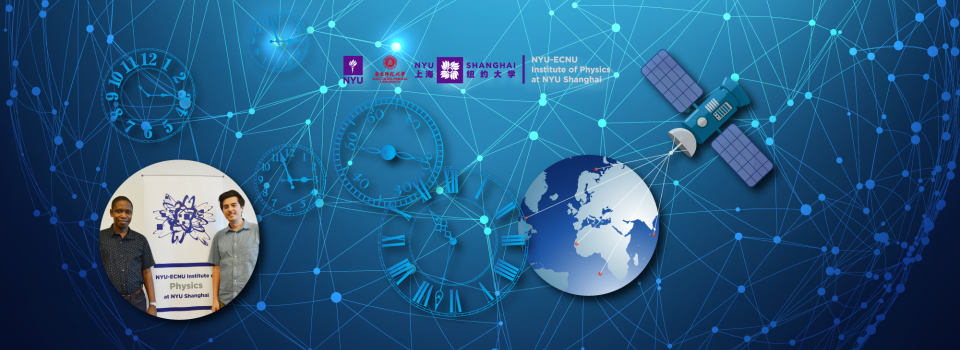Aug 31 2018
Published by
NYU Shanghai

A team of NYU Shanghai researchers has developed a new protocol that makes use of quantum technologies to synchronize the latest generation of precise clocks.
Today, our most precise clocks are atomic clocks which are placed around the world and synchronized to the level of one nanosecond per day. The GPS system we rely on every day would not be possible without these clocks. The next generation of clocks are already in development and will likely improve the precision of clocks by another factor of 10,000. What has not yet been resolved however, is how such clocks can be synchnronized.
Currently, clock synchronization is performed by sending a signal between the clocks, and agreeing on a common time according to the arrival of the signal. For extremely precise clocks, however, tiny fluctuations in the atmosphere can undermine synchronization.
In 2000, a new synchronization protocol was invented that was based on quantum entanglement – an effect Einstein called a “spooky action at a distance”. Unfortunately, it was soon realized that the protocol suffered from a fatal flaw: quantum states between two parties may not have consistent phase definitions and can introduce unknown systematic errors in synchronization.
In a study published in npj Quantum Information, NYU Shanghai Assistant Professor Tim Byrnes and his team members Ebube Ilo-Okeke, Louis Tessler and visiting professor Jonathan Dowling were recently able to rebut this presumption. They found, that despite prior arguments to the contrary, it is possible to remove the unknown phase definitions via entanglement purification. Once this preparation step is performed, the quantum clock synchronization can be performed, opening the door for future entanglement-based clock synchronization. Moreover, the team showed that error rates for this protocol were better than those achieved through classical synchronization protocols.
The entire npj Quantum Information article can be viewed here.


